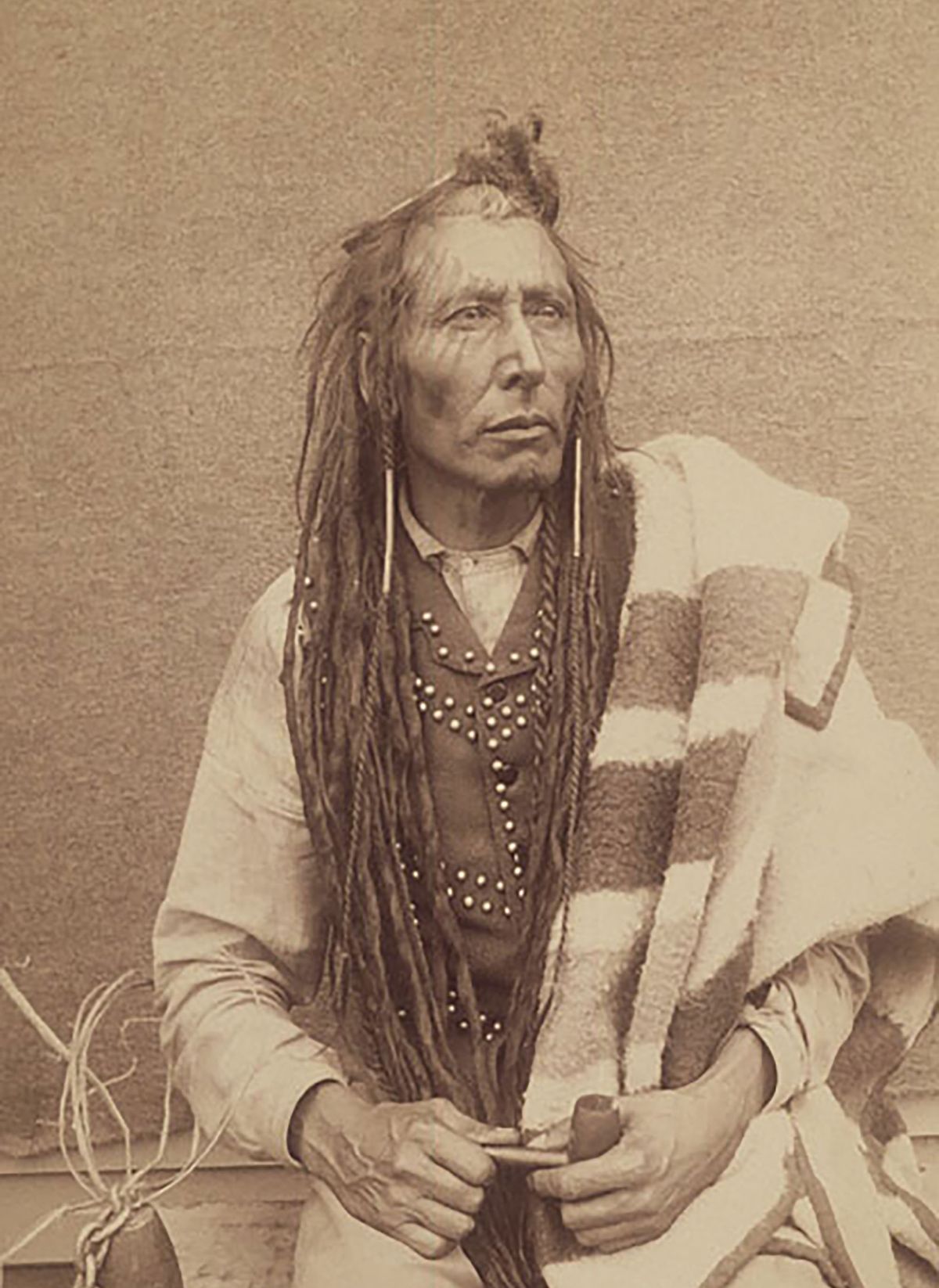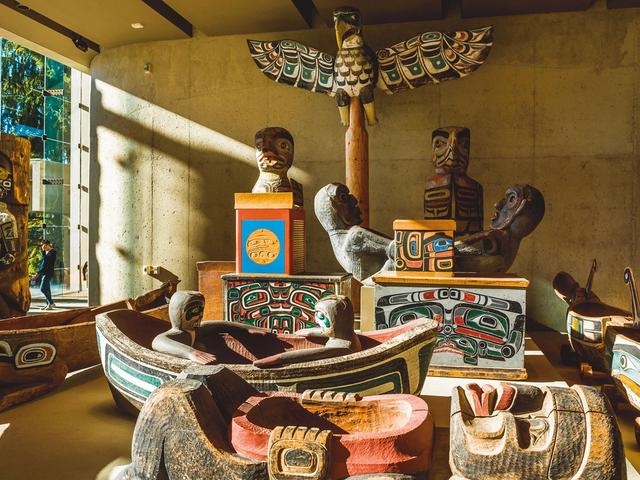Objects belonging to the great Cree leader Poundmaker were returned to his family by the Royal Ontario Museum (ROM) on Wednesday (22 February), more than 136 years after his death. In a ceremony of repatriation attended by Poundmaker’s descendants, the chief’s pipe and saddlebag were returned to their rightful owners.
As Cree drummers, singers and dancers offered traditional prayers and songs in the ROM’s normally silent halls, the chief’s great-great-granddaughter Pauline Poundmaker told CTV News, “It’s such a huge honour to be the generation that can bring back his artifacts,” adding that “this has been an incredible spiritual journey”.
That journey began long before the ROM temporarily closed its gallery dedicated to First Peoples art and culture in 2021 to work with Indigenous museum professionals on what they called “critical changes” to the gallery.
According to Pauline Poundmaker, also called Brown Bear Woman, who has been leading efforts to repatriate her great-great-grandfather’s belongings and sacred objects from collections held in Canada and internationally, the items were taken under duress.
Named Pîhtokahanapiwiyin in Cree for his ability to attract buffalo to pounds or corrals, Poundmaker was born near present-day Battleford, Saskatchewan, and was known for uniting Blackfoot and Cree tribes as buffalo became scarce. He was also known for his role in the 1876 negotiations with the Canadian government on Treaty Six and his criticism of Canadian officials’ intentions.
In 1885, when his people were starving, Poundmaker travelled with a delegation to Fort Battleford to speak with the Indian agent. White settlers feared the worst and when Canadian troops attacked Poundmaker’s camp, the chief—who did not take part in the subsequent fighting—urged his men not to pursue retreating soldiers.
A few weeks after Métis leader Louis Riel was imprisoned (he was eventually hanged in November 1885) after the Northwest Rebellion, Poundmaker travelled to Battleford to make peace with Major-General Middleton and was subsequently arrested, tried and convicted of “treason” on the basis of a letter written by Louis Riel bearing his name. He was sentenced to three years in Stony Mountain Penitentiary and died shortly after his release, but famously told Riel: “You did not catch me, I gave myself up. I wanted peace.”
Some peace was found for his descendants in 2019, when Prime Minister Justin Trudeau exonerated the chief and apologised to the Poundmaker Cree Nation. Wednesday’s repatriation ceremony initiated a longer process of recovering around 20 other objects belonging to the chief that are scattered across North America.
For now, the Poundmaker family has recovered the tan hide saddlebag adorned with red, yellow and green beads, sold to the ROM in 1924, as well as the ceremonial ceramic pipe acquired by the museum in 1936. The saddlebag will take pride of place on display at the Chief Poundmaker Museum and the ceremonial pipe will be placed in safe keeping with the museum, now tasked with the objects’ preservation for generations to come.



